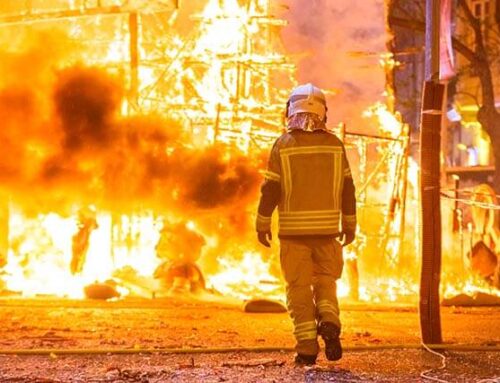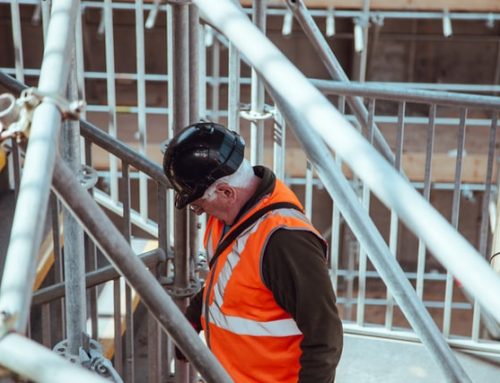Project Description
Key information
Project in the Spotlight: N21007
Market: Civil
Written by M2i Program Manager: Viktoria Savran
Unveiling Challenges and New Frontiers in Steel Bridge Health Monitoring
Introduction
On November 8, 2023, the SUBLIME project marked a crucial milestone by hosting an insightful workshop in collaboration with esteemed industrial (ArcelorMittal, ARUP, BmS, ct de Boer, DDC, Inertia Technology, Municipality Amsterdam, Province Zuid Holland, Royal HaskoningDHV, Rijkswaterstaat, Somni Solutions) and academic partners (TU Delft, TU/e and U Twente).
As the workshop participants delved into intricate details and innovative technologies, it is essential to revisit the overarching goals of the SUBLIME project. The SUBLIME consortium aims to extend the safe lifespan of steel infrastructures, reduce costs, enhance circularity and support the transition towards a sustainable future. Until today, most studies have focussed on specific components, but have not succeeded in generating Digital Twins applicable to a wider range of comparable and complete steel infrastructures. SUBLIME aims to develop data handling techniques and next generation Structural Prediction Models that allow for the integration of Structural Health Monitoring to analyse the current state, thereby reducing the degradation uncertainty, and to predict the future state at a target reliability set by legislation.
Structural health monitoring (SHM) takes centre stage in this endeavour. It is a vital aspect of modern infrastructure management, providing real-time insights into the condition of structures. It is the proactive guardian that alerts asset owners to potential issues, ensuring safety and preventing unforeseen consequences. The structural integrity of steel infrastructures, while robust, faces a frightening enemy – degradation through fatigue or corrosion. Degradation problems pose a significant challenge to the prolonged use of structures, often leading to unexpected failures. As steel components in bridges endure the constant stress of constantly increasing vehicular loads, environmental factors, and the material degradation over the time, understanding and mitigating fatigue becomes paramount for ensuring their sustained functionality and safety.
Digital Twins emerged as a key theme in the workshop discussions, presenting an innovative approach to structural health monitoring. The concept involves creating a virtual replica of a physical structure, providing real-time insights into its behaviour. This technology not only facilitates more accurate assessments but also opens avenues for predictive maintenance, reducing downtime and improving overall efficiency.
The Workshop Setting
Nestled in the physical and digital realm and hosted graciously by ct de Boer, the workshop convened at the crossroads of innovation of academic team and practicality of industrial companies. It brought together leading experts, researchers, and technology providers, all navigating the complexities of the steel infrastructure landscape. The meeting space provided a platform for insightful discussions on the challenges and opportunities encountered by the industry.
Key Presentations: Insights from Current Practices
One of the highlights of the workshop was a presentation by Royal HaskoningDHV on behalf of engineering companies involved in the project, which delved into the current state-of-the-art methodologies for bridge maintenance and health monitoring. Drawing from the NEN guidelines, the presentation outlined a structured approach encompassing desk studies, structural inspections, calculations, and measurements. The crucial role of Finite Element Models (FEM) in structural assessments was emphasized, shedding light on both global and hybrid models.
A critical aspect that emerged during the workshop discussions was the challenge of fatigue in steel bridges. The cyclic loading and unloading of these structures over time, vibrations occurring in three directions can lead to cracks and failures. Experts highlighted the importance of understanding and mitigating fatigue to ensure the long-term integrity of steel infrastructures. Strategies for fatigue assessment and management were explored, underlining the need for continuous monitoring and preventive measures.
Key Presentations: Cutting-edge Technologies
The workshop featured presentations from technology providers, including Dutch Drone Company, Inertia Technology, Somni Solutions and ct de Boer, showcasing the latest developments in unmanned aerial services, wireless inertial measurement units, and fiber optic sensor solutions. DDC demonstrated the power of drone technology combined with AI analytics for real-time inspections, while Inertia’s focus on distributed solutions offered insights into motion and vibration monitoring. Real-world applications were illustrated through case studies, such as the monitoring of viaduct A1 Naarden and the optimization of an expansion joint construction in the road surface of Houtense brug. The collaboration between Somni and ct de Boer presented innovative solutions, including load cells and extensive infrastructure monitoring projects.
Group Discussions
The latter part of the workshop was dedicated to focused group discussions, where participants engaged in deep-dive conversations on three key topics:
- Dynamic Behavior Measurement: exploring the sensors needed for dynamic bridge behavior measurement, both for remote monitoring and in-situ inspection. The role of Computer Vision in monitoring and inspection, along with challenges faced, sparked insightful conversations.
- Digital Twin Implementation: addressed available components, desired outcomes, interaction methods, data usage, update frequencies, and the challenges faced in the implementation process.
- Inspection Strategies and Improvements: covering inspection frequencies, methods, objectives, and challenges. The incorporation of sensors and remote sensing in inspections was a recurrent theme, laying the groundwork for future advancements.
Looking Ahead
The SUBLIME project workshop on fatigue and dynamic loading concluded with a sense of optimism and purpose. The amalgamation of theoretical insights, technological showcases, and collaborative discussions set the stage for a transformative journey towards sustainable, reliable, and circular steel infrastructures. As the SUBLIME project progresses, the workshop’s outcomes will serve as a compass, guiding the consortium towards innovative solutions. The exchange of ideas and expertise has not only illuminated the current landscape but has also sown the seeds for future breakthroughs.
SUBLIME partners are grateful to ct de Boer for hosting the event and providing facilities for fruitful meeting.
For more information visit project website: sublimeproject.nl
The project is funded by the Dutch national funding agency NWO under project number KICH1.ST01.20.008.



